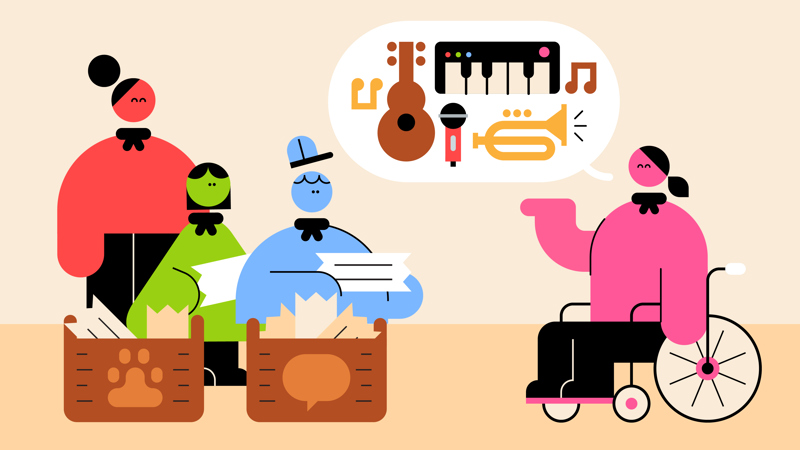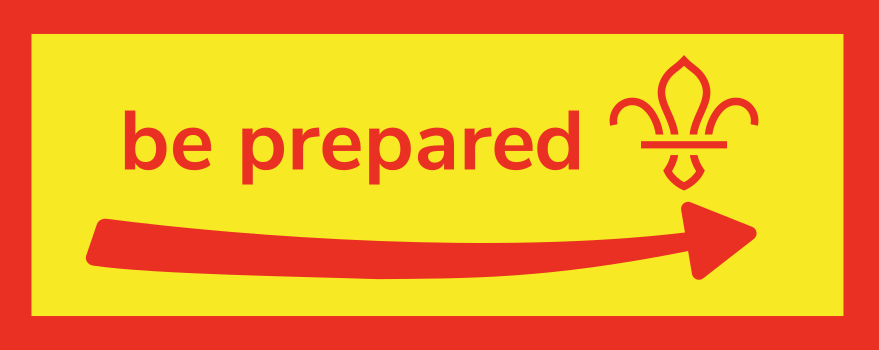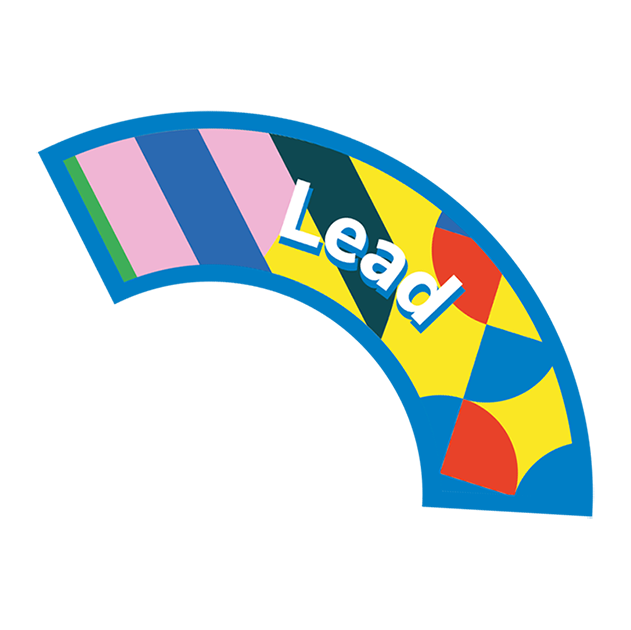
Best paw forward
You’ll need
- Pens or pencils
- Scrap paper
- Two small containers or bags
Before you begin
- This activity works well at the start or end of a meeting. It lets anyone in the process of moving up to Cubs talk to everyone else about what it’s like.
- Chat to anyone moving up to make sure they’re happy to talk to everyone and answer questions.
- Write out some questions to ask Cub Scouts on scraps of paper and place these in one container.
We've included some below to get you going.
- Write out some curious words (such as 'how', 'why', 'when' and 'where') and place these in the other container.
It's best to write out each word on three or four scraps of paper to make sure there are enough curious words for all the questions.
Question time
- Everyone should get into a circle. All of the Beavers who have visited Cubs should gather together on one side.
- The person leading the activity should explain that some people are moving up to be part of a Cub Pack. This is a great chance for people to find out what it’s like, and to ask questions they may have, so it’s important that everyone listens carefully.
- People should take it in turns to ask questions to the Beavers who are moving up. If people can’t think of an idea for a question, they could choose one from the question container.
If anyone asks a really good question, the person leading the game could write it down to add to the question container for next time.
- The Beavers who are moving up should answer the questions. It’s OK if two different people have two different answers – the experience doesn’t have to be or feel the same for everyone.
- Once the Beavers who are moving up have answered, someone should try to ask a follow-up question using a curious word (how, why, when, or where). They could choose a curious word from the curious word container.
- Once everyone’s asked the questions, they should thank the Beavers who are moving up for answering. They should give them a round of applause – it takes a lot of courage to try something new (like Cubs!) and to answer questions in front of everyone. Everyone could give each other a round of applause for asking great questions too.
- Which badges are you looking forward to doing?
- What games did you play?
- What activities did you do?
- What new things did you find out?
- What happens in the opening ceremony?
- What happens in the closing ceremony?
- What adventures are the Cubs planning on doing next?
- What are lodges called at Cubs?
- What are you excited about doing?
- What does the uniform look like? How is it different?
- What skills do you want to learn?
- What are you nervous about doing?
The person leading the activity can still place the questions and curious words into a container and choose them on camera. Alternatively, you could type out the example questions and words before the meeting, then copy and paste into the video chat for people to choose from during the activity.
Reflection
This activity is a chance for anyone who’s moving on to recognise the courage they’re showing, and reflect on the next steps of their Scout journey. It gave everyone else a chance to ask any questions they had, and find out a bit more. Can everyone think of a time they had to be brave? People have to be brave when making changes or taking the next step in things; this includes moving up to a new section in Scouts. Trying something new and moving on can feel exciting too – it’s OK if people have mixed feelings. Well done to everyone who’s embracing a new challenge.
Safety
All activities must be safely managed. You must complete a thorough risk assessment and take appropriate steps to reduce risk. Use the safety checklist to help you plan and risk assess your activity. Always get approval for the activity, and have suitable supervision and an InTouch process.
It’s up to you how many questions people ask – think about how long you have for this activity. The activity doesn’t have to last for ages.
No one has to speak to the whole group. They could talk to a few friends or a leader who could then feed back to everyone. If people need thinking time, people could ask their questions in advance. People can also ask and answer questions in a way that works for them, for example, by drawing.
All Scout activities should be inclusive and accessible.
The Beavers who visited Cubs could lead an activity they learned there, for example, a fun game.
Young people should be able to feed back on their experience in a way they’d like to.

